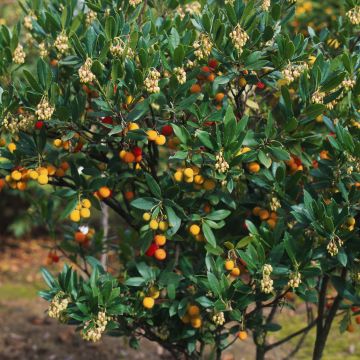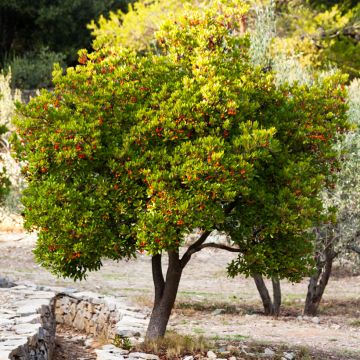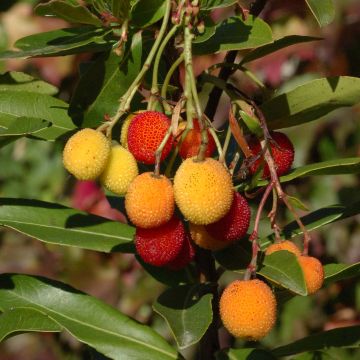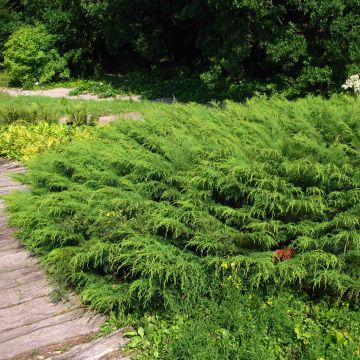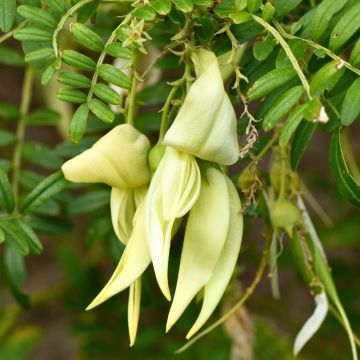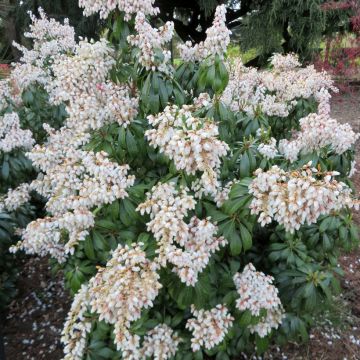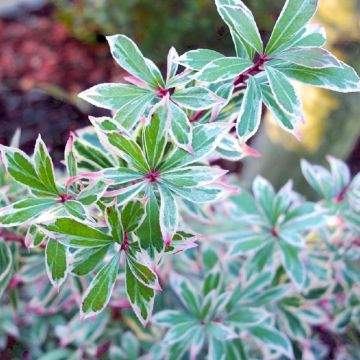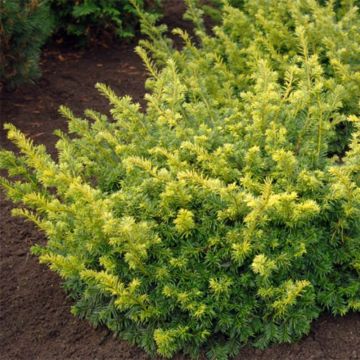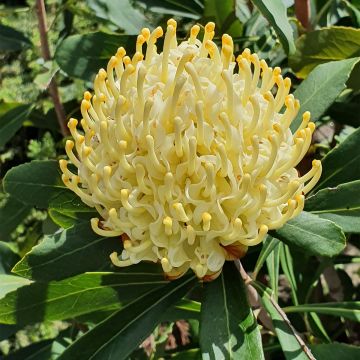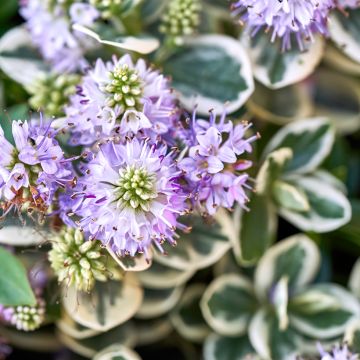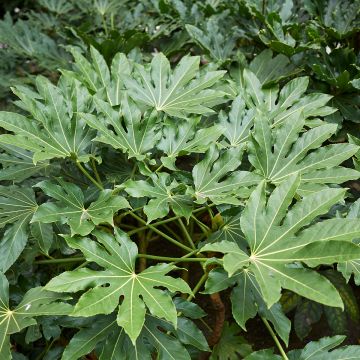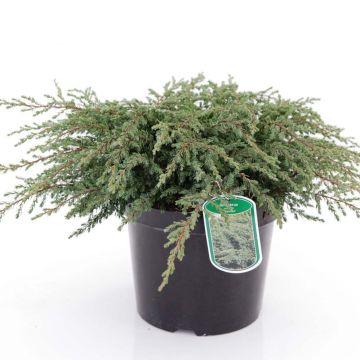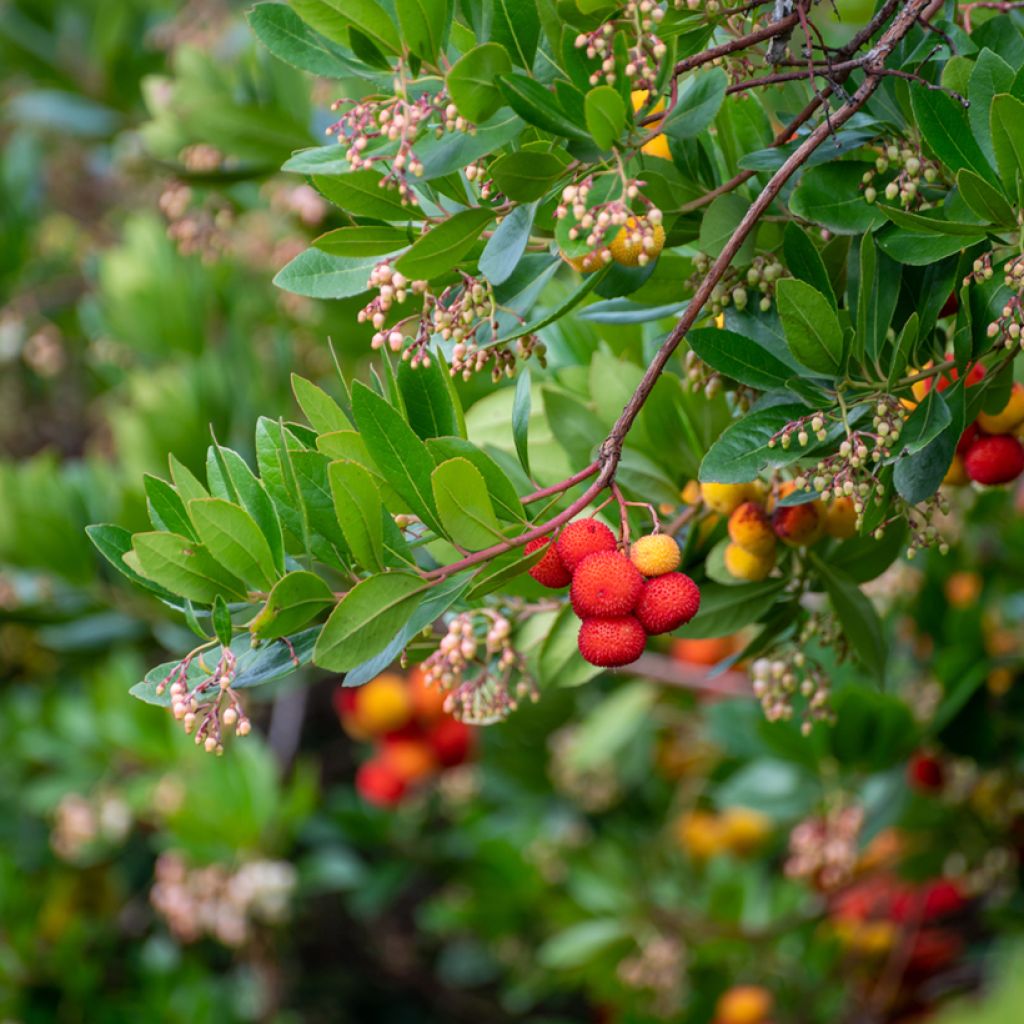

Arbutus unedo - Strawberry tree
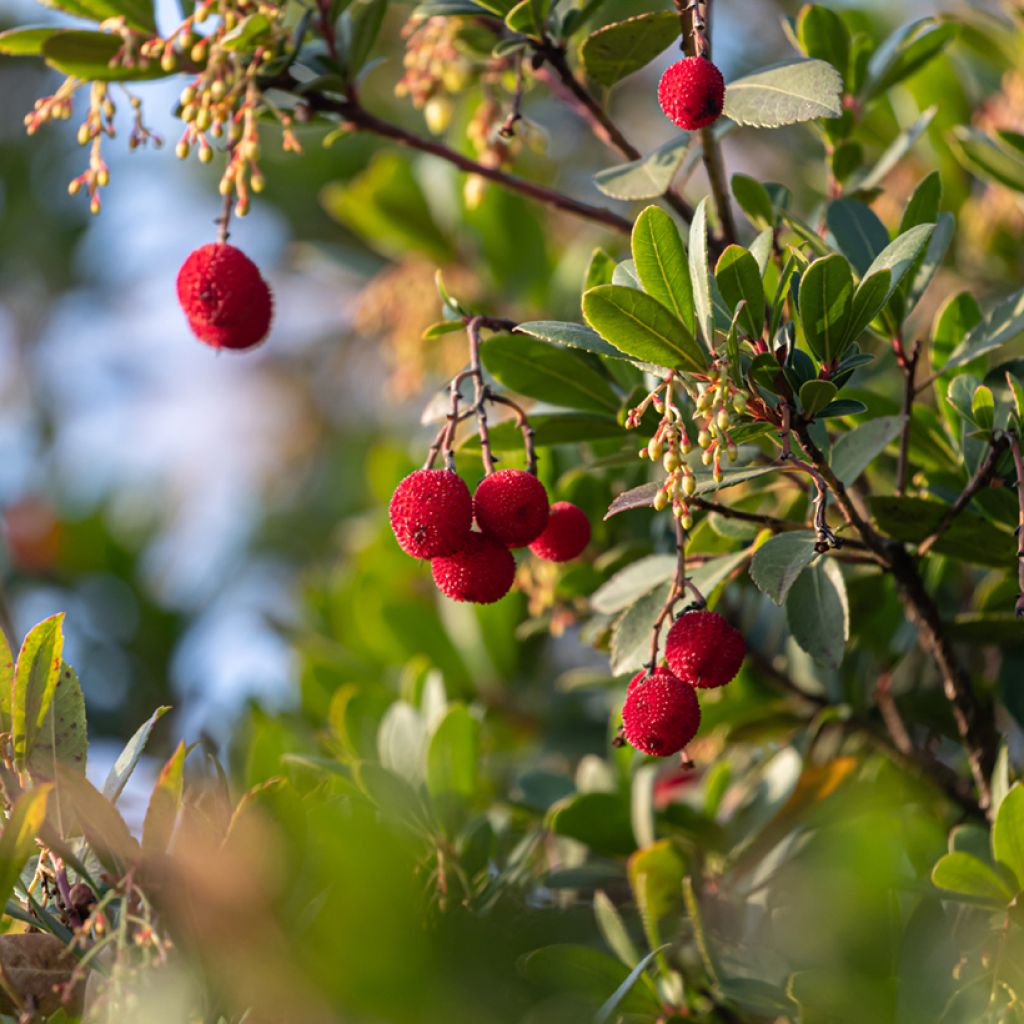

Arbutus unedo - Strawberry tree
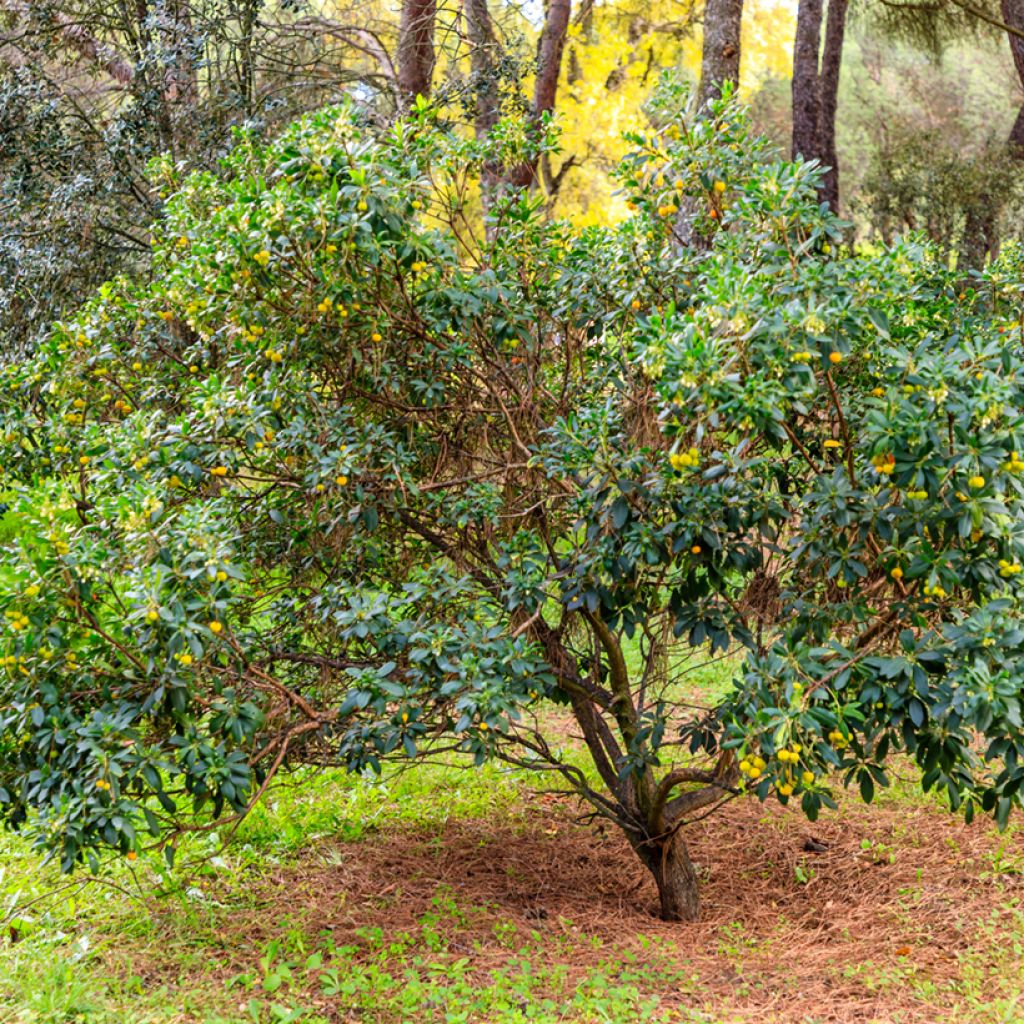

Arbutus unedo - Strawberry tree
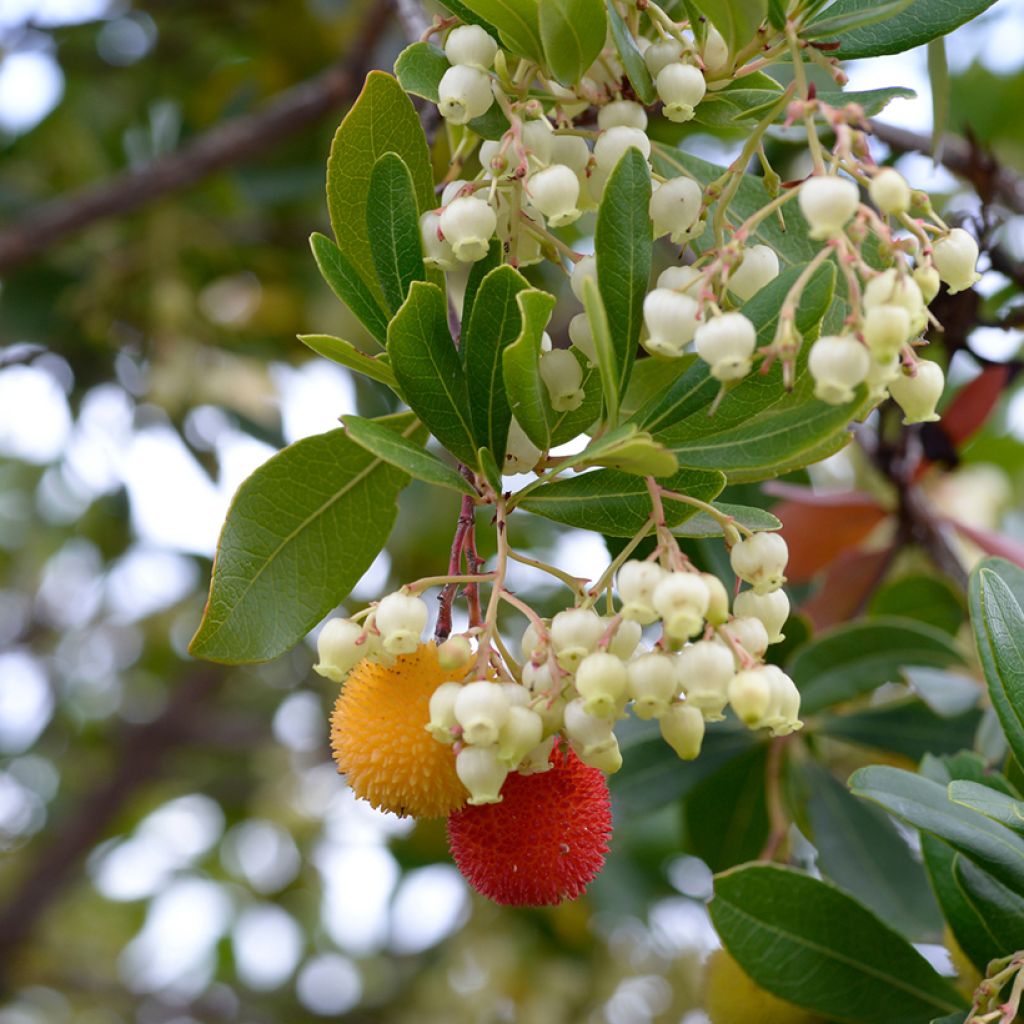

Arbutus unedo - Strawberry tree
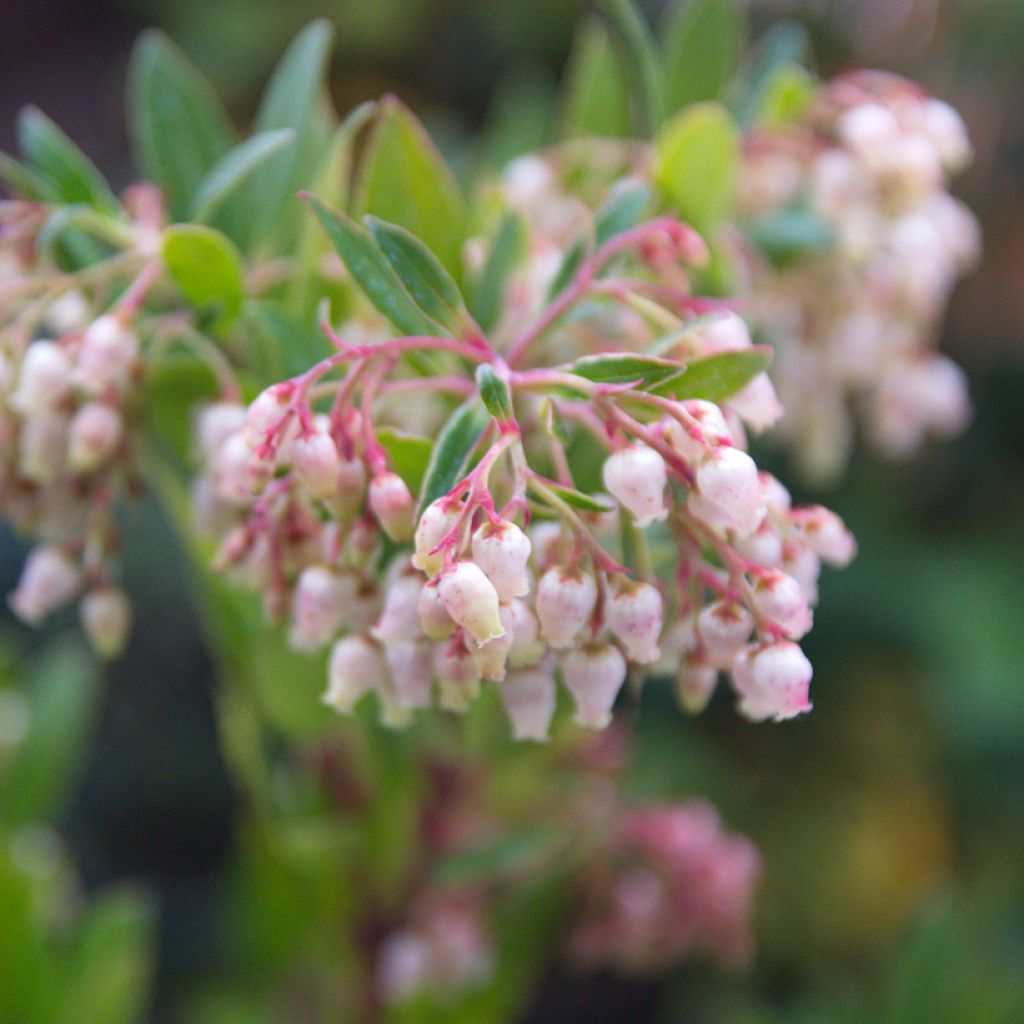

Arbutus unedo - Strawberry tree
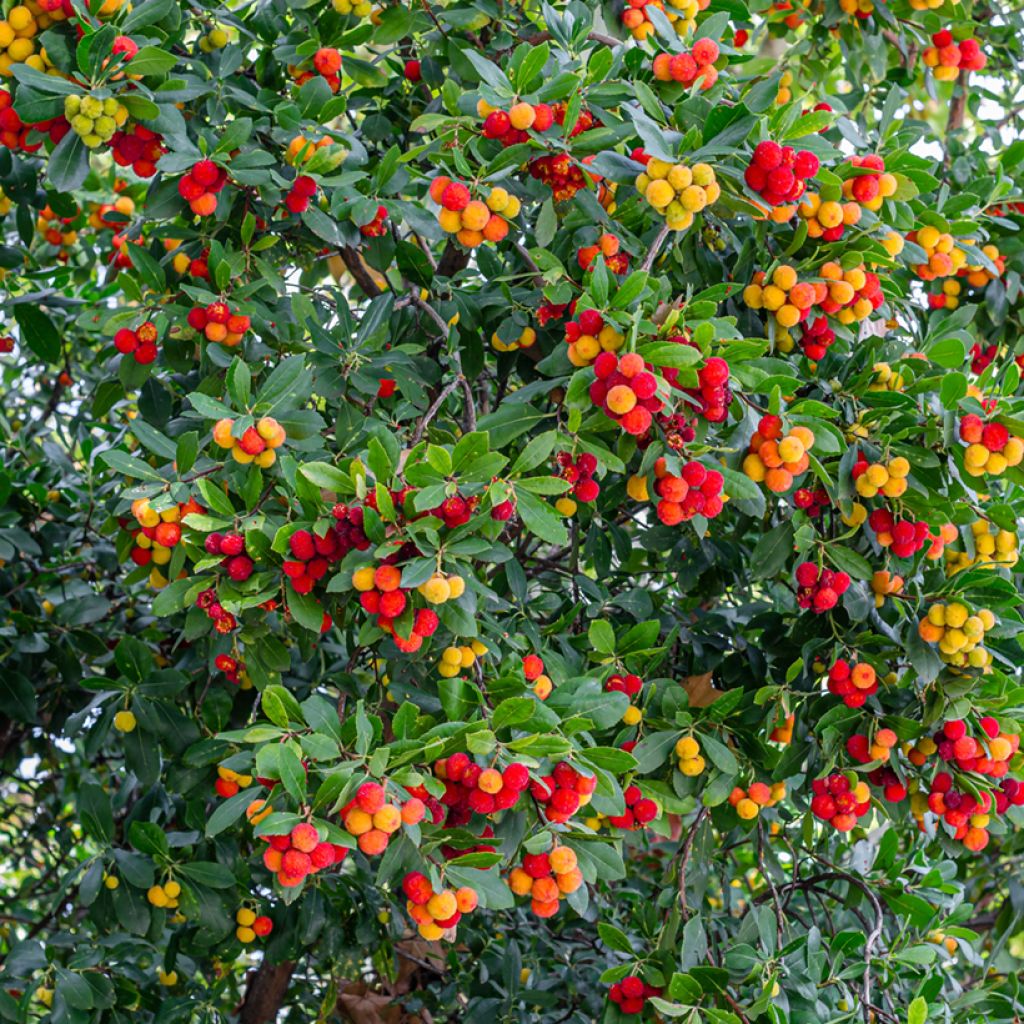

Arbutus unedo - Strawberry tree
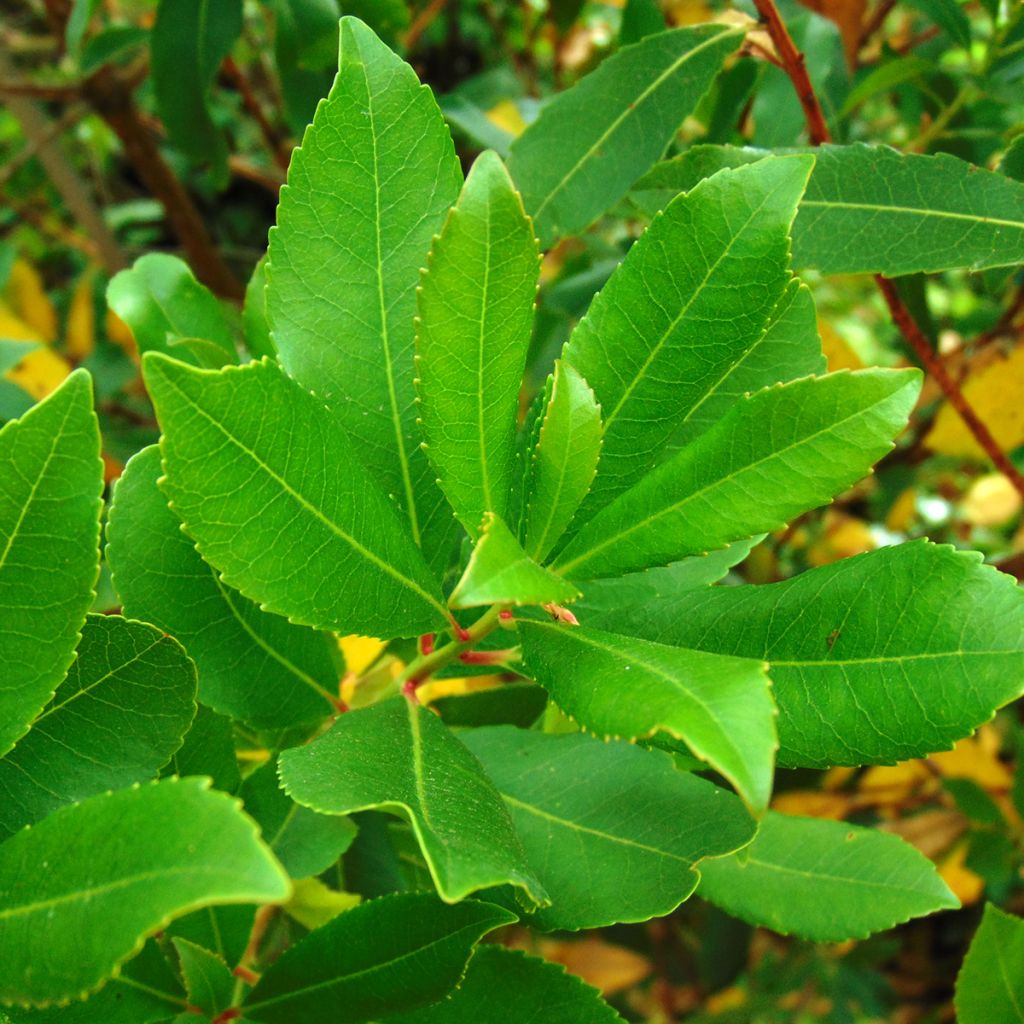

Arbutus unedo - Strawberry tree
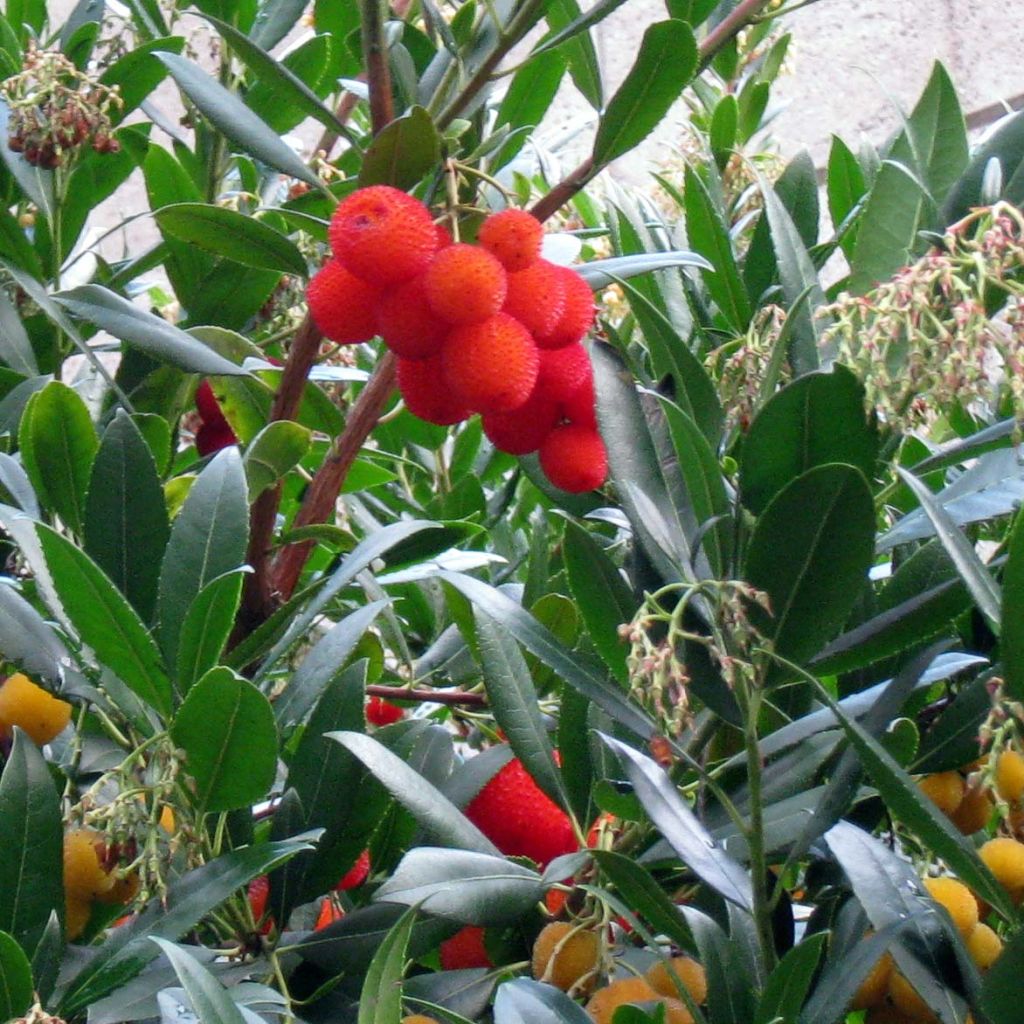

Arbutus unedo - Strawberry tree
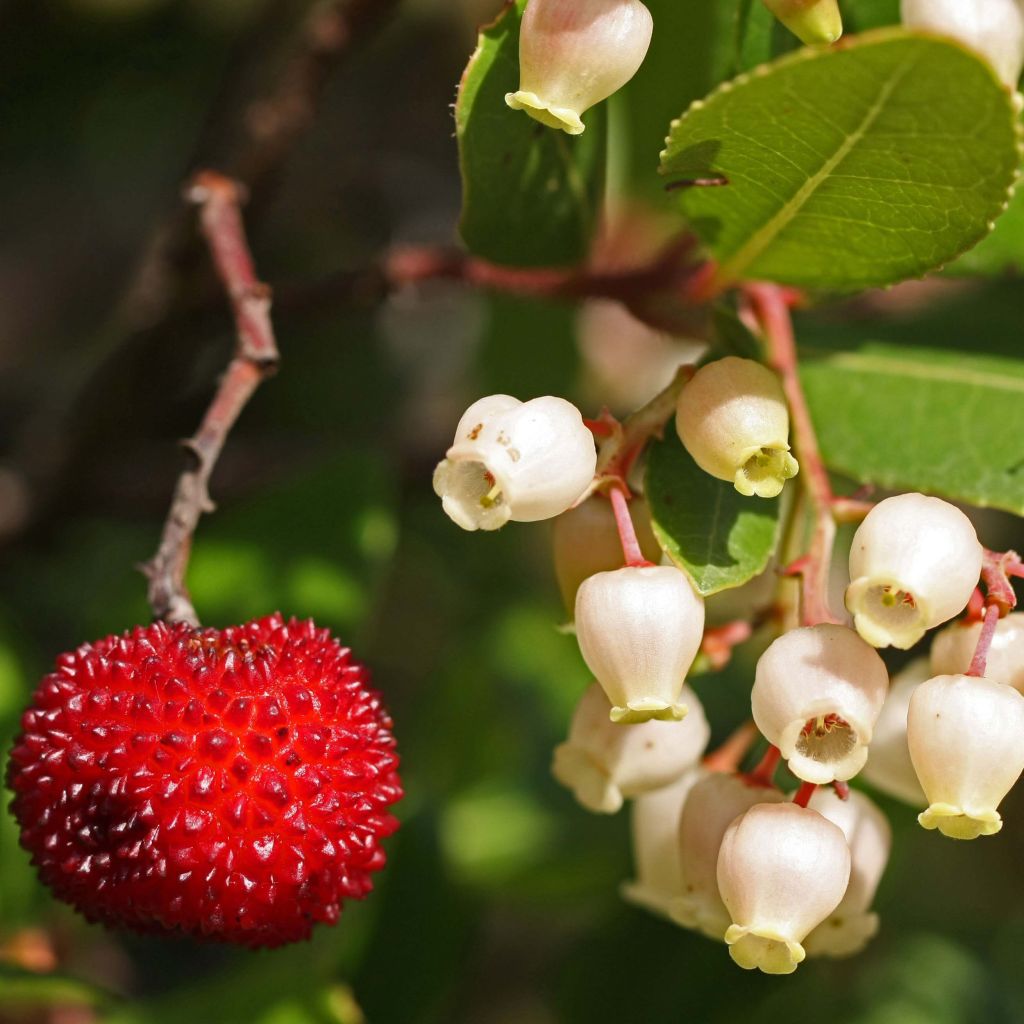

Arbutus unedo - Strawberry tree
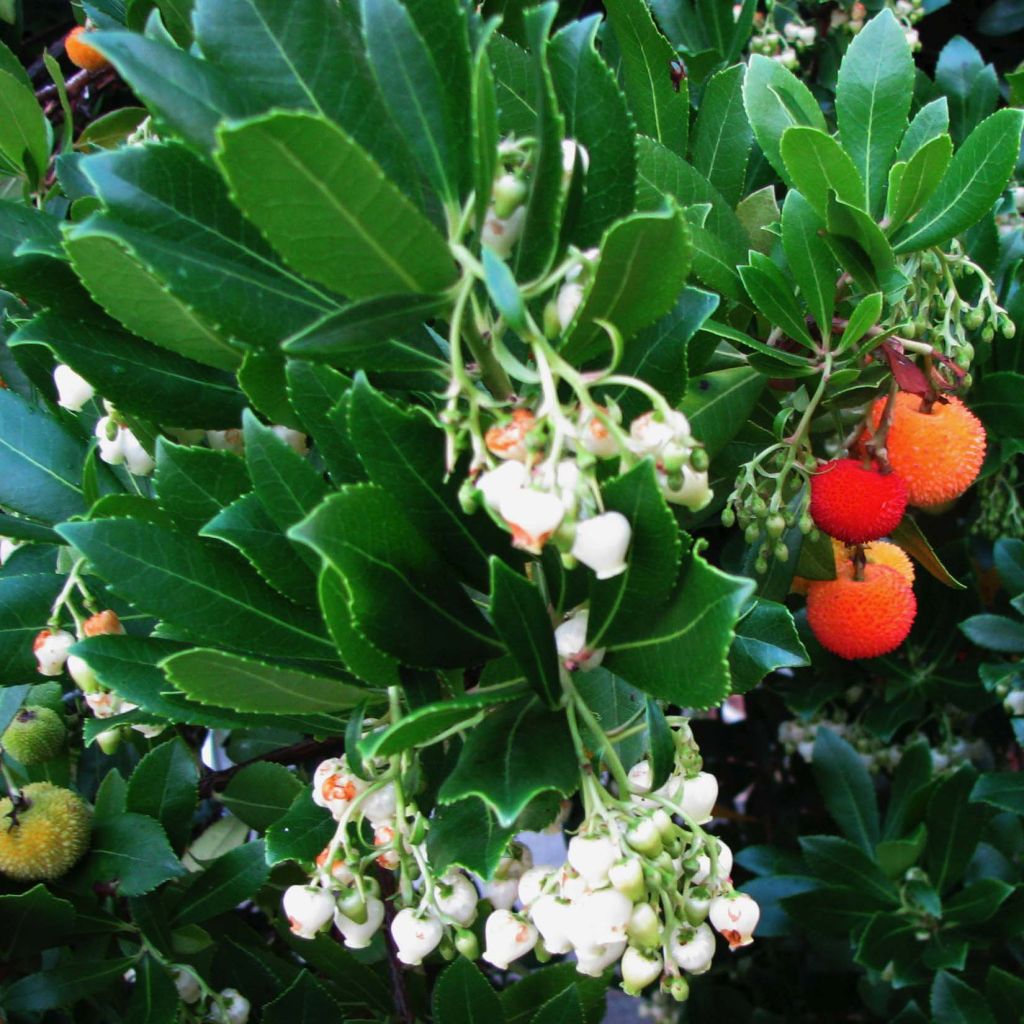

Arbutus unedo - Strawberry tree
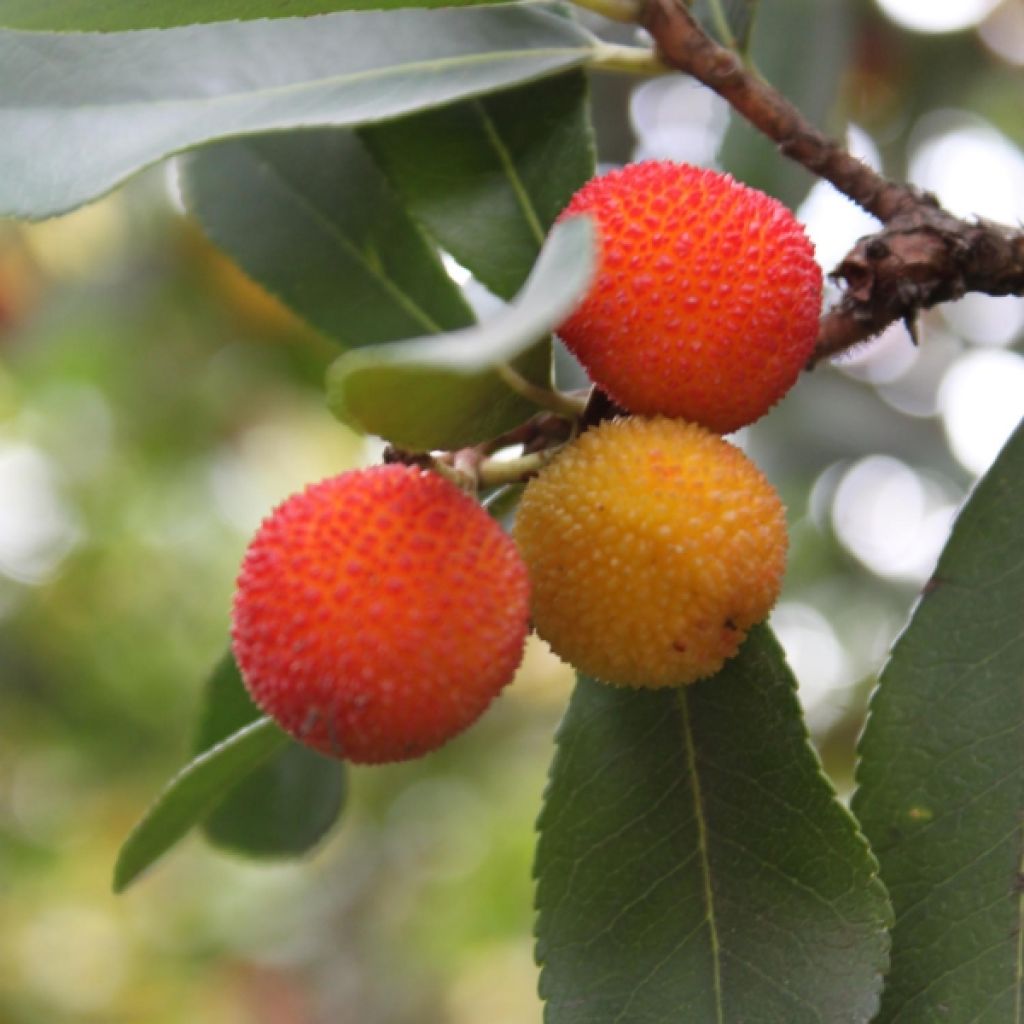

Arbutus unedo - Strawberry tree
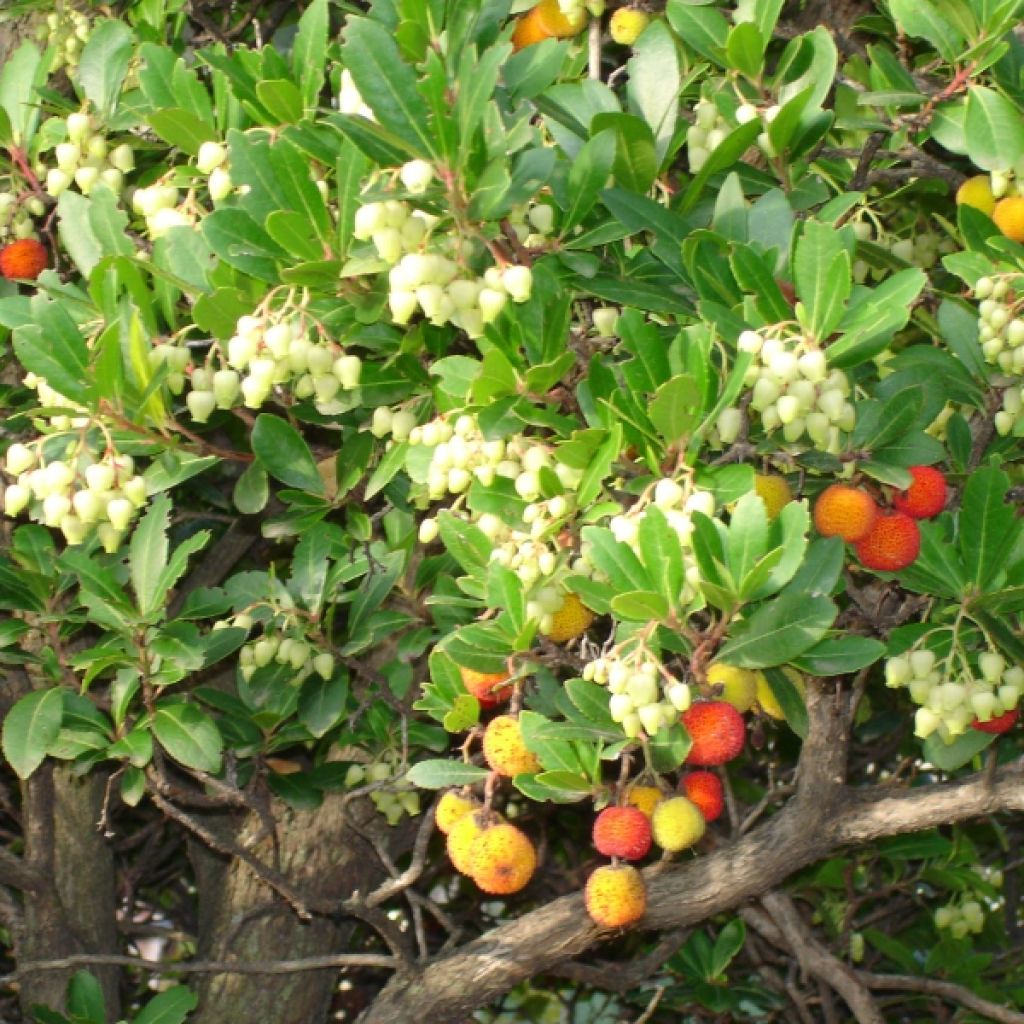

Arbutus unedo - Strawberry tree
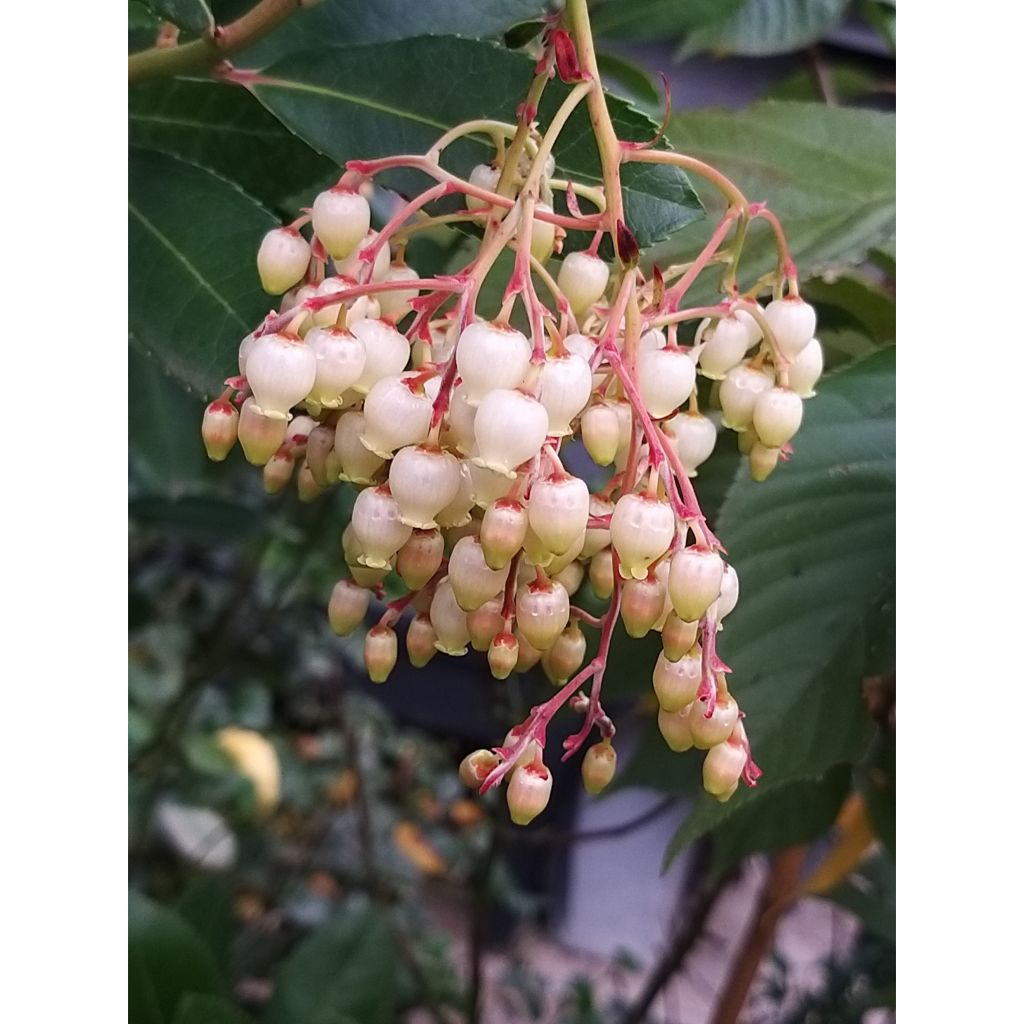

Arbutus unedo - Strawberry tree
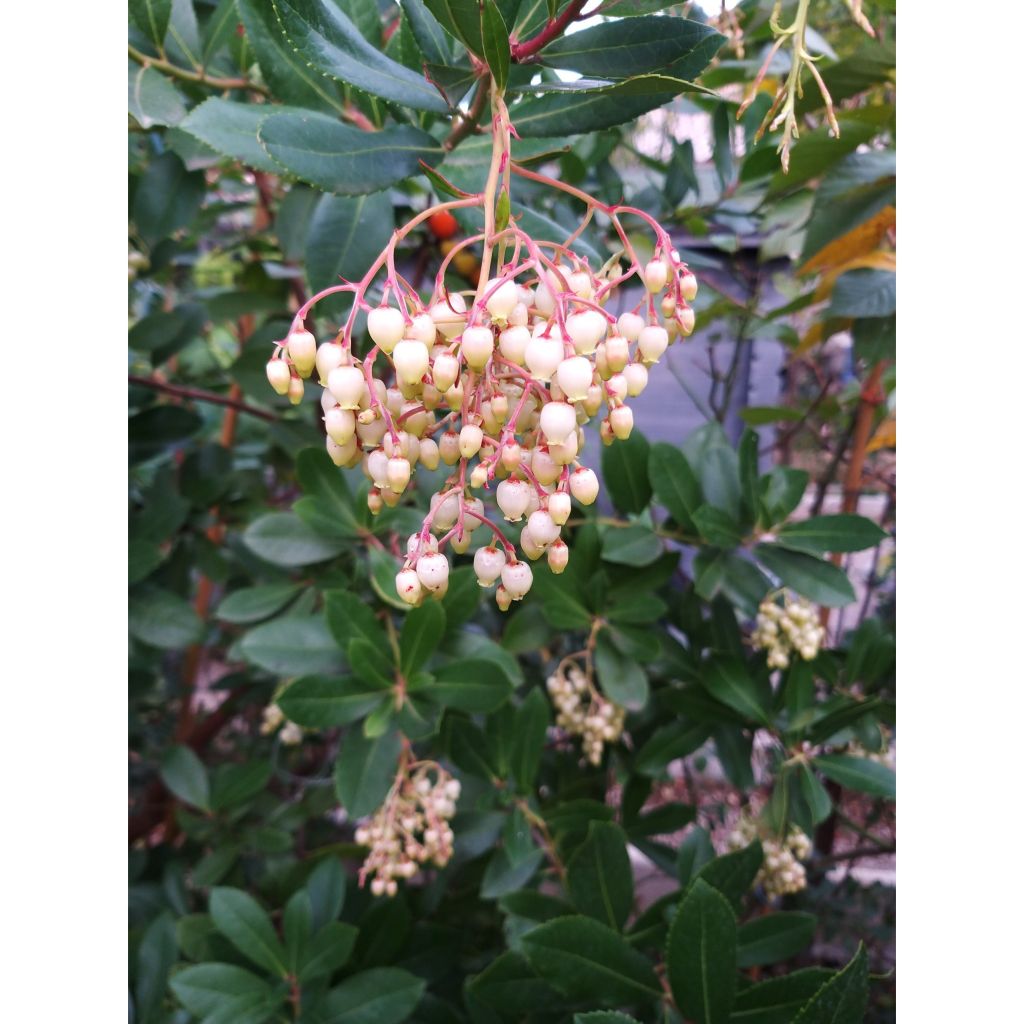

Arbutus unedo - Strawberry tree
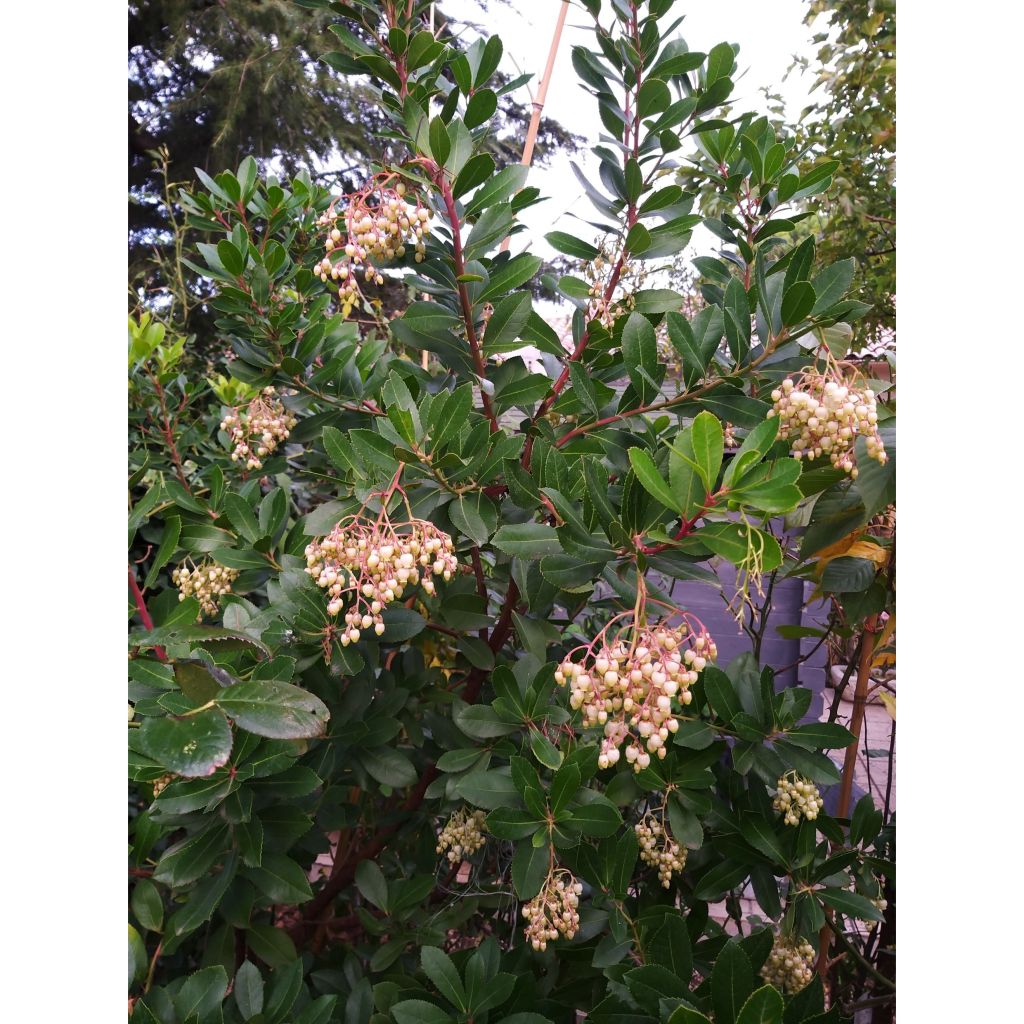

Arbutus unedo - Strawberry tree
Arbutus unedo - Strawberry tree
Arbutus unedo
Strawberry Tree, Madrone
This item cannot be shipped to the selected country
Delivery charge from €5.90
Delivery charge from €5.90
Oversize package delivery charge from €6.90
More information
Schedule delivery date,
and select date in basket
This plant carries a 24 months recovery warranty
More information
We guarantee the quality of our plants for a full growing cycle, and will replace at our expense any plant that fails to recover under normal climatic and planting conditions.
From €5.90 for pickup delivery and €6.90 for home delivery
Express home delivery from €8.90.
From €5.90 for pickup delivery and €6.90 for home delivery
Express home delivery from €8.90.
Oversize package: home delivery by special carrier from €6.90 per order..
Express home delivery from €8.90.

Does this plant fit my garden?
Set up your Plantfit profile →
Description
Arbutus unedo ,or Strawberry Tree, gets its name from its edible red fruits, which resemble strawberries. Its beautiful white, bell-shaped flowers appear at the end of August. Occasionally, the flowers are pink.
Arbutus unedo forms a compact bush. The evergreen, elliptical leaves measure 6 cm to 9 cm (2.4 in to 3.5 in) long. They have slightly toothed edges, and are dark green and shiny on the upper side. The branches and trunk are adorned with exfoliating reddish bark in long, thin strips. At the end of August, melliferous, white flowers appear. The flowers resemble lily-of-the-valley bells and have a diameter of 7 mm (0.3 in). One year after flowering, they are replaced by small yellow, then red, strawberry-like balls, 3 cm (1.2 in) in diameter. The fruit is edible and delicious when ripe; they make especially jellies.
Arbutus unedo, hardy down to -15° C (5° F), grows in well-drained, acidic soil in a sunny or semi-shaded position but protected from cold winds. At planting, pruning is necessary for shaping, then let the bush grow freely. In the first few years, protect it from heavy frost with mulch and winter cover. Be careful in choosing its location as it does not like to be transplanted.
Arbutus unedo is often used as a hedge, as a standalone plant, or in a mass planting. It is also a medicinal plant, useful in treating hypertension.
Report an error about the product description
Arbutus unedo - Strawberry tree in pictures
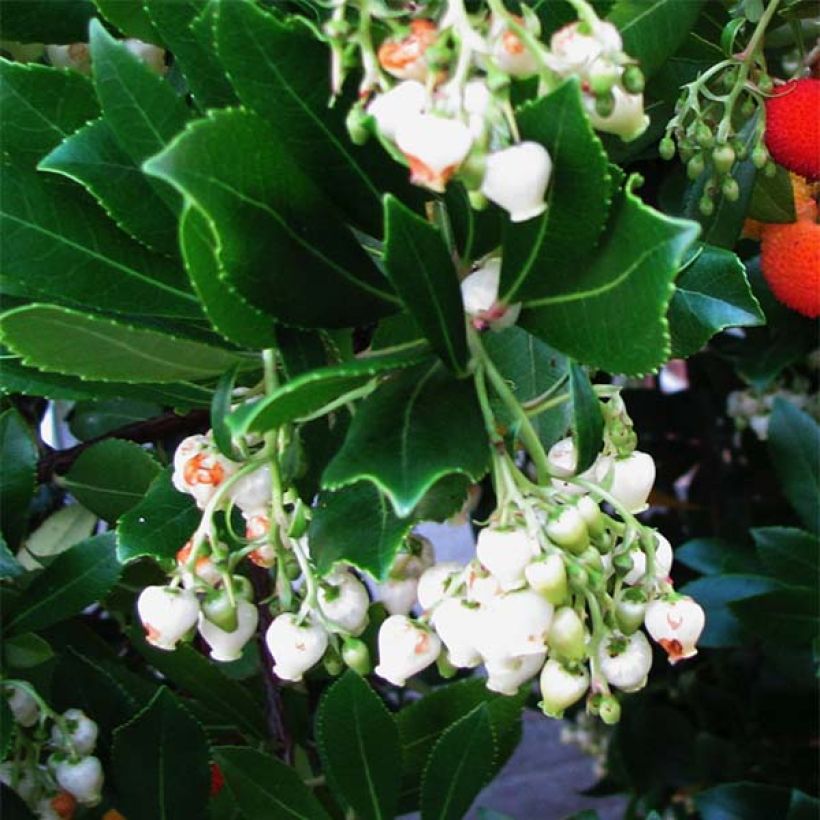

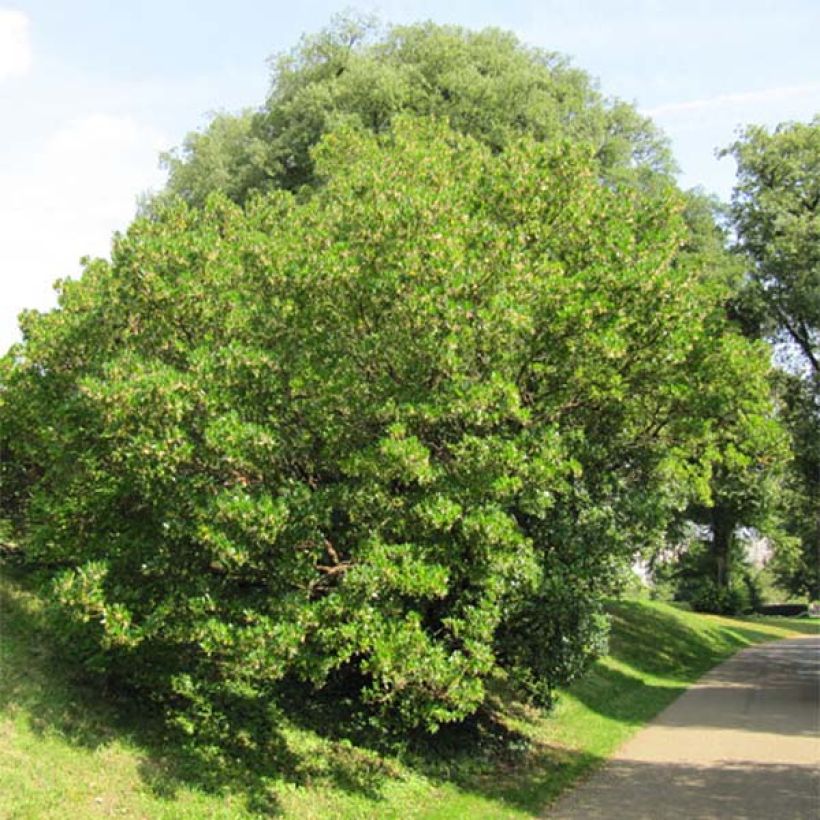



Plant habit
Flowering
Foliage
Botanical data
Arbutus
unedo
Ericaceae
Strawberry Tree, Madrone
Mediterranean
Other Arbutus - Strawberry tree
Planting and care
Arbutus unedo, hardy up to -15°C (5 °F), should be planted in spring or autumn, in well-drained, acidic soil, in a sunny or partially shaded position but protected from cold winds. At planting, pruning is necessary for shaping, then let the bush grow freely. In the first years, protect it from heavy frosts with mulch and a winter cover. Be careful to choose its location well as it does not like to be transplanted. For hedges, space the young plants about 1m (3.3 ft) apart. Beware of aphid attacks and foliar spot disease.
Planting period
Intended location
Care
-
, onOrder confirmed
Reply from on Promesse de fleurs
Evergreen shrubs
Haven't found what you were looking for?
Hardiness is the lowest winter temperature a plant can endure without suffering serious damage or even dying. However, hardiness is affected by location (a sheltered area, such as a patio), protection (winter cover) and soil type (hardiness is improved by well-drained soil).

Photo Sharing Terms & Conditions
In order to encourage gardeners to interact and share their experiences, Promesse de fleurs offers various media enabling content to be uploaded onto its Site - in particular via the ‘Photo sharing’ module.
The User agrees to refrain from:
- Posting any content that is illegal, prejudicial, insulting, racist, inciteful to hatred, revisionist, contrary to public decency, that infringes on privacy or on the privacy rights of third parties, in particular the publicity rights of persons and goods, intellectual property rights, or the right to privacy.
- Submitting content on behalf of a third party;
- Impersonate the identity of a third party and/or publish any personal information about a third party;
In general, the User undertakes to refrain from any unethical behaviour.
All Content (in particular text, comments, files, images, photos, videos, creative works, etc.), which may be subject to property or intellectual property rights, image or other private rights, shall remain the property of the User, subject to the limited rights granted by the terms of the licence granted by Promesse de fleurs as stated below. Users are at liberty to publish or not to publish such Content on the Site, notably via the ‘Photo Sharing’ facility, and accept that this Content shall be made public and freely accessible, notably on the Internet.
Users further acknowledge, undertake to have ,and guarantee that they hold all necessary rights and permissions to publish such material on the Site, in particular with regard to the legislation in force pertaining to any privacy, property, intellectual property, image, or contractual rights, or rights of any other nature. By publishing such Content on the Site, Users acknowledge accepting full liability as publishers of the Content within the meaning of the law, and grant Promesse de fleurs, free of charge, an inclusive, worldwide licence for the said Content for the entire duration of its publication, including all reproduction, representation, up/downloading, displaying, performing, transmission, and storage rights.
Users also grant permission for their name to be linked to the Content and accept that this link may not always be made available.
By engaging in posting material, Users consent to their Content becoming automatically accessible on the Internet, in particular on other sites and/or blogs and/or web pages of the Promesse de fleurs site, including in particular social pages and the Promesse de fleurs catalogue.
Users may secure the removal of entrusted content free of charge by issuing a simple request via our contact form.
The flowering period indicated on our website applies to countries and regions located in USDA zone 8 (France, the United Kingdom, Ireland, the Netherlands, etc.)
It will vary according to where you live:
- In zones 9 to 10 (Italy, Spain, Greece, etc.), flowering will occur about 2 to 4 weeks earlier.
- In zones 6 to 7 (Germany, Poland, Slovenia, and lower mountainous regions), flowering will be delayed by 2 to 3 weeks.
- In zone 5 (Central Europe, Scandinavia), blooming will be delayed by 3 to 5 weeks.
In temperate climates, pruning of spring-flowering shrubs (forsythia, spireas, etc.) should be done just after flowering.
Pruning of summer-flowering shrubs (Indian Lilac, Perovskia, etc.) can be done in winter or spring.
In cold regions as well as with frost-sensitive plants, avoid pruning too early when severe frosts may still occur.
The planting period indicated on our website applies to countries and regions located in USDA zone 8 (France, United Kingdom, Ireland, Netherlands).
It will vary according to where you live:
- In Mediterranean zones (Marseille, Madrid, Milan, etc.), autumn and winter are the best planting periods.
- In continental zones (Strasbourg, Munich, Vienna, etc.), delay planting by 2 to 3 weeks in spring and bring it forward by 2 to 4 weeks in autumn.
- In mountainous regions (the Alps, Pyrenees, Carpathians, etc.), it is best to plant in late spring (May-June) or late summer (August-September).
The harvesting period indicated on our website applies to countries and regions in USDA zone 8 (France, England, Ireland, the Netherlands).
In colder areas (Scandinavia, Poland, Austria...) fruit and vegetable harvests are likely to be delayed by 3-4 weeks.
In warmer areas (Italy, Spain, Greece, etc.), harvesting will probably take place earlier, depending on weather conditions.
The sowing periods indicated on our website apply to countries and regions within USDA Zone 8 (France, UK, Ireland, Netherlands).
In colder areas (Scandinavia, Poland, Austria...), delay any outdoor sowing by 3-4 weeks, or sow under glass.
In warmer climes (Italy, Spain, Greece, etc.), bring outdoor sowing forward by a few weeks.

































